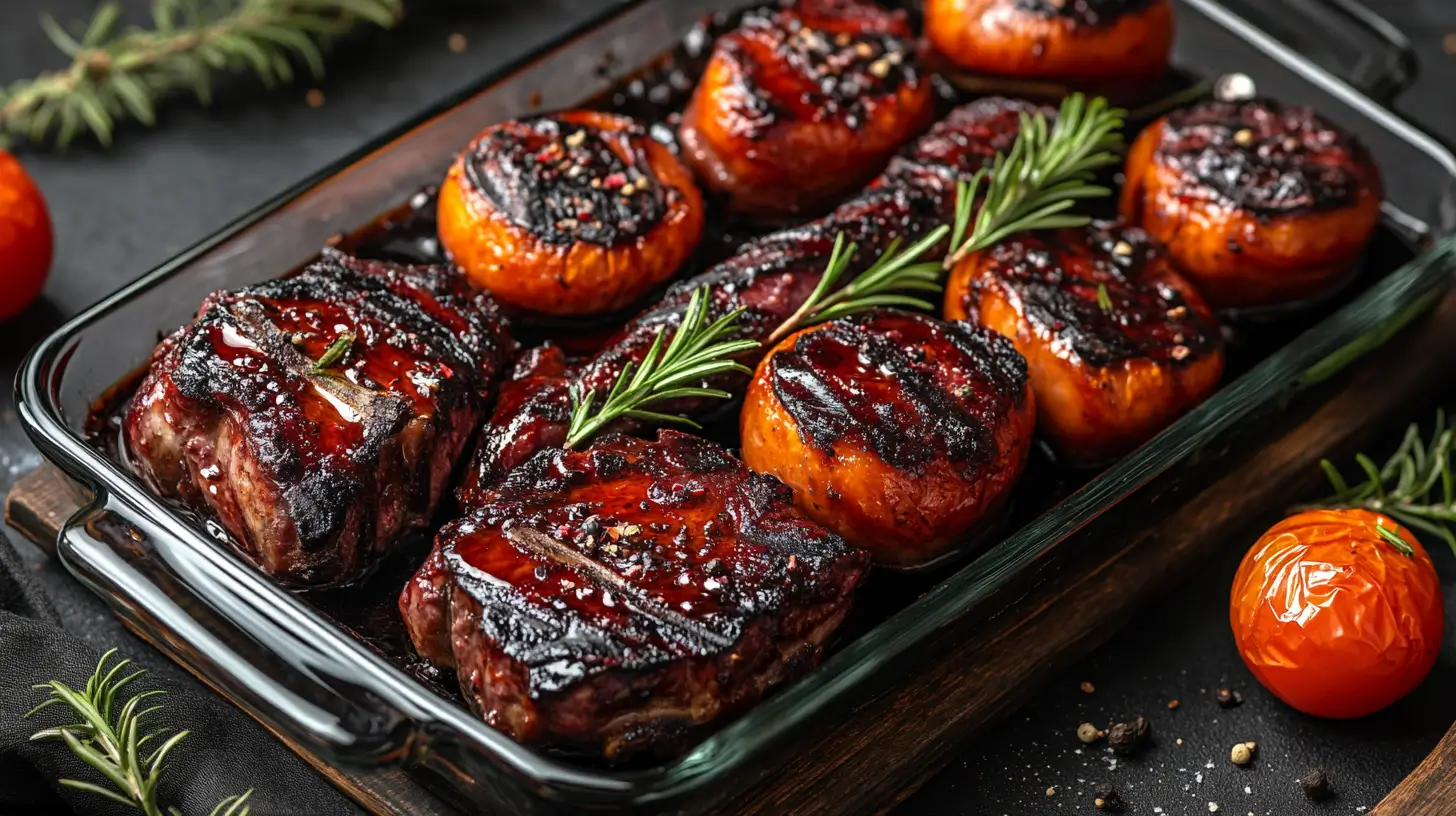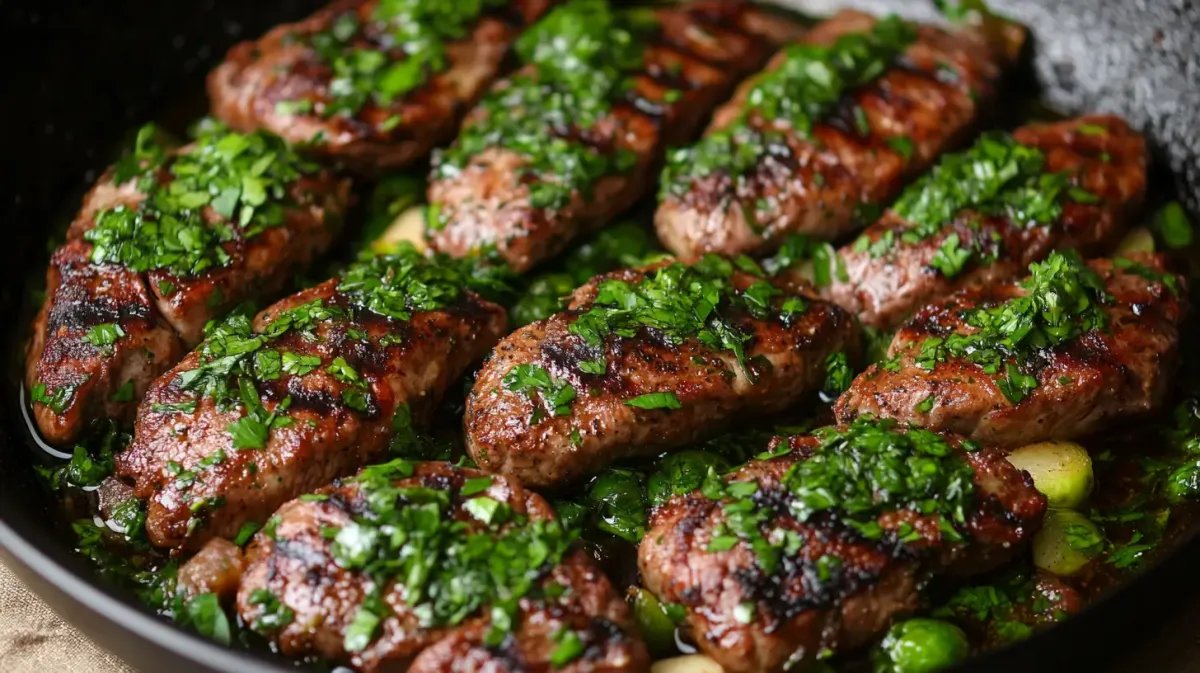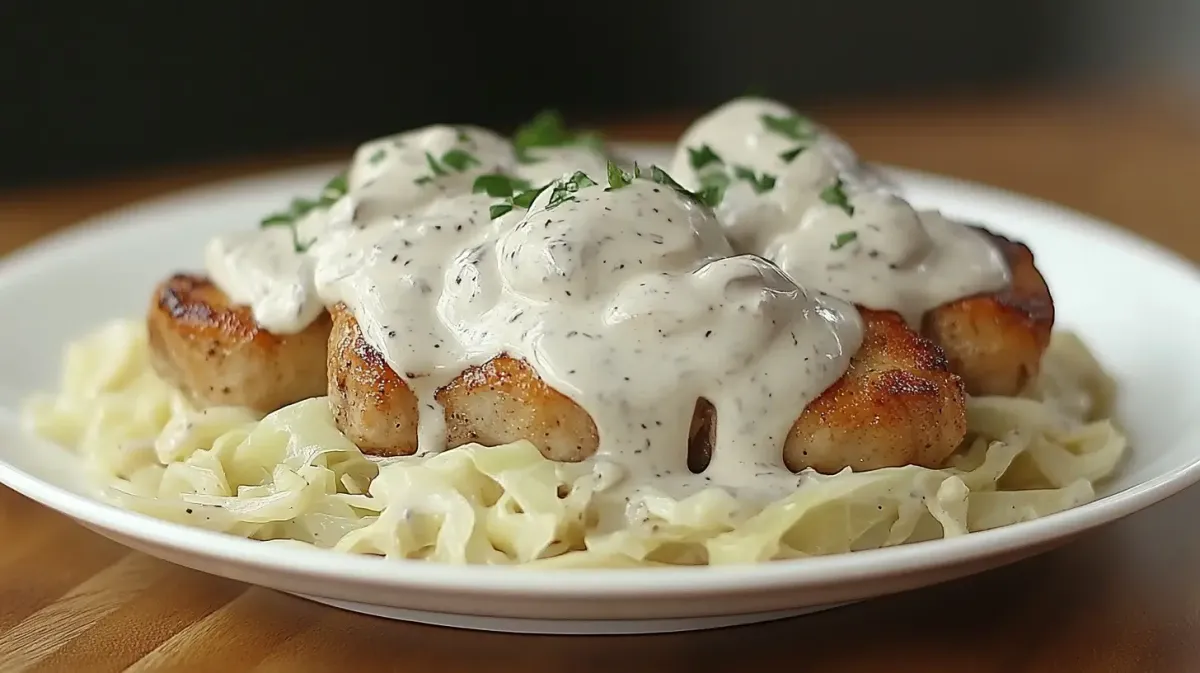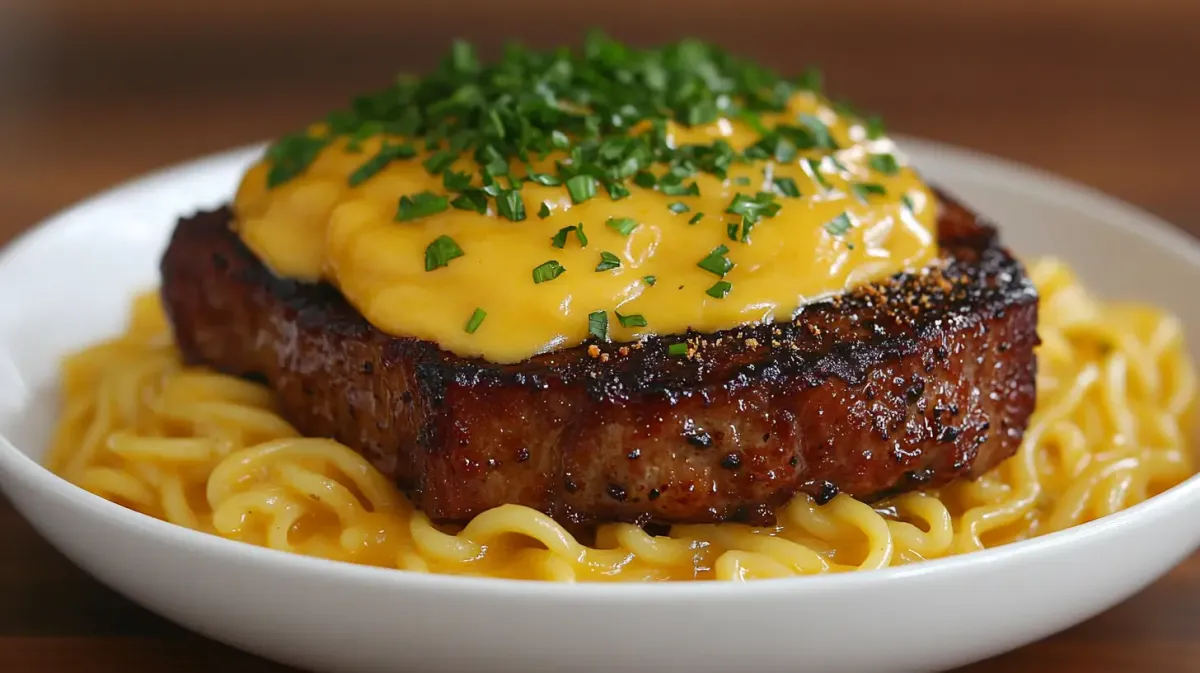- Home
- How to Bake Pork Chops
- How to Bake Pork Chops in a Glass Dish vs Metal Pan
How to Bake Pork Chops in a Glass Dish vs Metal Pan
How to Bake Pork Chops: Glass vs Metal Pan Tips. Learn optimal temps, timing, and achieve perfect tenderness.

Discover the Art of Baking Pork Chops: Glass Dish vs. Metal Pan
Picture this: it's a chilly evening and you're craving something hearty and soul-soothing. You decide on baking pork chops—simple, right? But then you stand in front of your cupboard, contemplating whether to grab that trusty glass dish or the sturdy metal pan. If you've ever found yourself in this culinary conundrum, you're not alone. Today, I'm diving into the nuances of baking pork chops in both a glass dish and a metal pan, helping you master this dish no matter what kitchenware you choose.
As someone who's had their fair share of kitchen mishaps—yes, I've scorched a few chops in my time—I've gathered some useful insights to ensure your pork chops turn out juicy and delicious every time. So, grab your apron, and let's get cooking!
Gearing Up: What You'll Need
Before we delve into the specifics of glass vs. metal, here's what you need to get started on this journey to perfect pork chops:
- 4 bone-in pork chops (about 1 inch thick)
- Salt and pepper to taste
- 2 tablespoons of olive oil
- 4 cloves of garlic, minced
- 1 teaspoon of thyme
- 1 teaspoon of rosemary
- ½ cup of chicken broth
- Optional: vegetables like carrots or potatoes, cut into chunks
And, of course, you'll need a glass baking dish or a metal baking pan. Now, let’s discuss how each of these options affects the cooking process.
The Great Debate: Glass Dish vs. Metal Pan
Choosing between a glass dish and a metal pan may seem trivial, but each material interacts differently with heat, which can significantly impact the texture and flavor of your pork chops.
Glass Baking Dishes
Here’s the scoop on using glass:
- Heat Conductivity: Glass heats up more slowly than metal, but it retains heat longer. This means a longer preheat time but a more consistent cooking temperature once heated.
- Browning Abilities: Glass doesn't conduct heat as well as metal, which means it's less effective at browning. To compensate, you might need to broil the chops for a few minutes at the end of cooking.
- Reactivity: Glass is non-reactive, so it won't interfere with the flavors of your seasoning. This is perfect if you're adding wine or acidic ingredients to your dish.
Metal Baking Pans
When it comes to metal, here's what you can expect:
- Heat Conductivity: Metal pans heat up quickly and are great for searing and browning the outside of your chops, locking in those delicious juices.
- Even Cooking: High-quality metal pans distribute heat more evenly, reducing the risk of undercooked spots.
- Reactivity: Some metals can react with acidic ingredients, potentially affecting the flavor and color of your pork chops. However, if you're using a coated or treated metal pan, this shouldn't be a concern.
Step-By-Step Recipe for Perfect Baked Pork Chops
Now that we've covered the basics, let’s walk through the steps to prepare and bake your pork chops to perfection, no matter which pan you choose.
Preparation:
- Preheat your oven to 375°F (190°C).
- Season the pork chops on all sides with salt, pepper, minced garlic, thyme, and rosemary.
- Heat olive oil in a skillet over medium-high heat. Once hot, sear each pork chop for about 2-3 minutes on each side until golden brown.
- If you're adding vegetables, toss them in the skillet now with a bit more oil, just to start them off.
Cooking:
- Arrange the seared pork chops (and vegetables if using) in your glass dish or metal pan.
- Pour chicken broth over the chops to help keep them moist during cooking.
- Bake in the preheated oven for 20-25 minutes or until the pork chops reach an internal temperature of 145°F (63°C).
- If using a glass dish and you want more browning, switch to broil for the last 2-3 minutes of cooking.
Serving:
Let the chops rest for a few minutes after taking them out of the oven. This resting period allows the juices to redistribute, ensuring that each bite is succulent and tender. Serve your juicy pork chops with a side of the roasted vegetables and perhaps a drizzle of the pan juices over the top for extra flavor.
Final Thoughts: Which Pan Wins?
The choice between a glass dish and a metal pan ultimately depends on your personal preference and the specific results you're aiming for. If you prioritize a juicy, tender chop with less emphasis on the crust, go with glass. If you crave that caramelized, crispy exterior, a metal pan might be your best bet.
Experimenting with both can lead to discovering new preferences and perfecting your pork chop technique. Remember, the beauty of cooking lies in the journey of flavors, learning from each experience, and enjoying the delicious rewards. Happy cooking!
Now that you're equipped with the knowledge and steps to bake outstanding pork chops in either a glass dish or metal pan, why not give both methods a try? It could be a fun way to spice up your next meal and impress your family or guests with your culinary skills.



